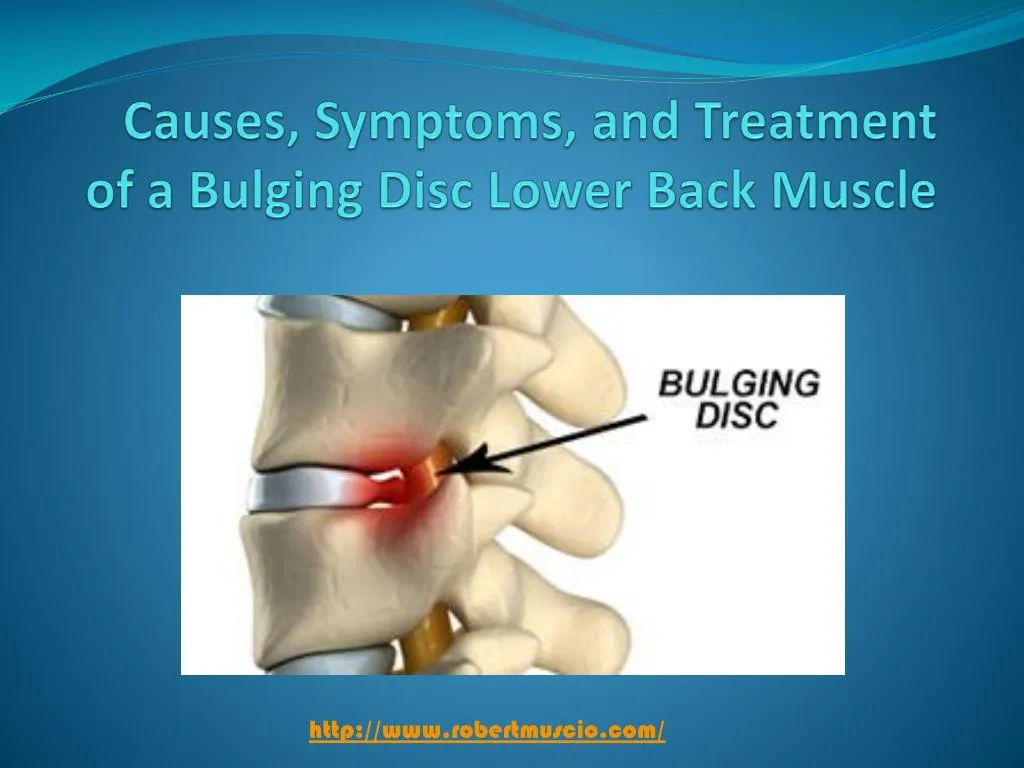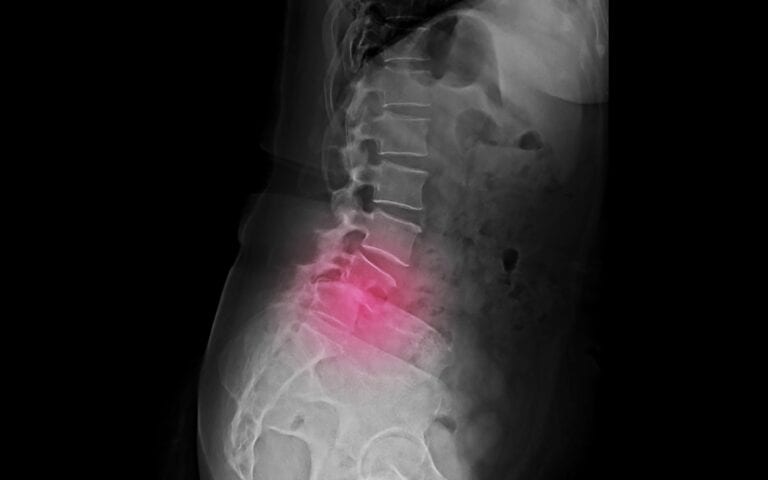

In contrast, tumors in the lower and mid-back may affect the legs and chest. Tumors in the neck region tend to affect the arms. These include numbing or loss of sensation, muscle weakness, and trouble walking. If a spinal tumor presses on the spinal cord causing spinal stenosis, certain neurological symptoms may occur. This is especially true if the back pain gets worse at night and medications don’t seem to lessen the pain. In fact, muscle or ligament strain, bulging discs, arthritis, and other issues with the vertebrae may be the source.īack pain not due to activity or muscle strain, however, may be caused by a spinal tumor. Of course, back pain isn’t always caused by a tumor. One of the most common signs of a spinal tumor is back pain. It typically depends on the type of tumor and its location. The signs and symptoms of a spinal tumor vary. This is the most common type of spinal tumor.

Extradural tumors: Growths that start outside the dura mater, usually in the bones around the spinal cord.Intradural-extramedullary tumors: Growths that develop outside of the spinal cord but inside a spinal canal membrane called the dura mater.These usually occur in the cervical, or neck, region.

Intramedullary tumors: Growths that occur inside the spinal column.The 3 basic types of spinal tumors include: These malignant (cancer-filled) tumors often start in the lungs, breasts, or prostate.ĭoctors also classify spinal tumors based on their location. A secondary spinal tumor occurs when cancers from other parts of the body spread (or metastasize) to the spine. These tumors don’t usually spread to other parts of the body. In many cases, these tumors are benign–or not cancerous. A primary spinal tumor develops in the spinal cord or column. While some causes of tumors are unknown, others may be a result of exposure to cancer-causing agents or genetics.Ī vertebral column tumor can be either primary or secondary. They grow uncontrollably despite the body’s best efforts to destroy them. Small spaces, known as intervertebral canals, allow spinal nerves to exit the spinal cord and reach different areas of the body.Īs you probably know, tumors are abnormal masses of tissue. These discs prevent the vertebrae from rubbing together and also support the body’s weight. In addition to the 33 bones of the spine, the spinal column has thin layers of cartilage known as discs. In addition to protecting the spinal cord, it supports the upper body’s weight and helps with flexibility, movement, and posture.
#Back bulging disk xray series#
The spinal column is a series of bones, known as vertebrae, starting from the base of the skull to the backbone. It also controls involuntary functions like breathing, interpreting sensations, and digestion. The CNS controls voluntary movements like talking, walking, and eating. How important is this communication? Well, it’s is keeping you alive and moving.

This series of nerves in the spinal cord allows the brain to communicate with the rest of the body. Since the brain controls our thoughts, movements, and interprets our external environment, it needs a way to communicate. This long cylinder of nerves starts at the brain and runs through the spinal column. The spinal cord serves a key role in the central nervous system (CNS). Understanding the Spinal Column and Spinal Cord By knowing the warning signs of a spinal tumor, you have a better chance of early diagnosis and exploring appropriate treatment options. When an abnormal growth, otherwise known as a tumor, appears on the spine it can be painful and dangerous. The spinal cord links the brain to all other parts of the body.


 0 kommentar(er)
0 kommentar(er)
